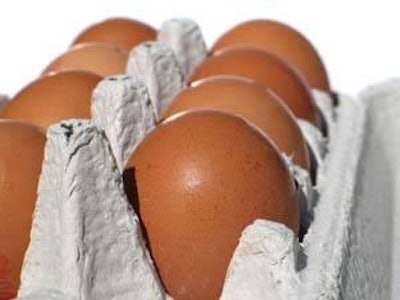
Don Bell is the poultry specialist emeritus at the University of California at Riverside and a frequent contributor to Egg Industry. Recently, he has provided information in regards to pricing and performance in eggs and flocks for professionals in the domestic poultry sector.
Part I: Egg market shows extreme price fluctuation
In a mailing to the egg industry, Bell has circulated a chart showing the wide fluctuation in egg prices from April through late July 2009. As we are aware, his comment that “things can change very quickly, it seems” characterizes the ongoing price situation.
The combination of low prices and high production costs has led to a reduction in flock size, with the hen complement on July 1st approximately 3 million lower than during the corresponding month in 2008. There are now 10 million fewer hens than in January 2009. The rate of lay for June 2009 was 0.9% higher than in 2008 which is equivalent to the output of 2.8 million hens. The increase may be due to a reduction in age of the national flock and possibly milder than normal summer temperatures in the Midwest through June.
Part II: National flock performance study
Part 18 of the National Flock Performance Study was published by Bell. The table depicts the performance obtained by the top quartile, average and lowest quartile of the 165 flocks in the study. The economic performance applied standard feed costs and pullet depreciation.
It is evident that the major differences between top and lowest quartile flocks, representing 41 observations each, can be attributed to low persistence and to a lesser extent, high mortality. There was a 30-egg per hen housed differential through the 60th week of age. Financial return was influenced by a combination of factors including the difference in feed intake, egg production, livability and flock productivity as measured by cumulative eggs hens housed, total egg mass, hen housed or the average daily egg mass per hen.
The complete report, which includes evaluation of flocks though 100 weeks and a replacement analyses which considers pullet costs and the duration of the laying cycle, can be obtained from Don Bell directly at: [email protected].

















